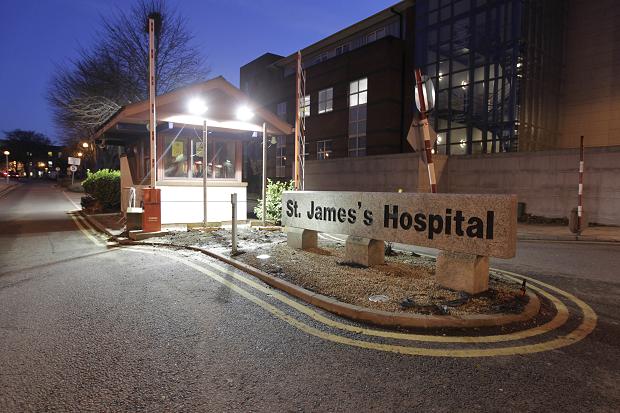Editors of the Trinity Student Medical Journal (TSMJ) have been ordered to withdraw the publication after it published step-by-step instructions on making mephedrone from commercially available products.
Trinity News understands that the Director of Undergraduate Teaching and Learning for the School of Medicine instructed the publication’s editorial team to recall all copies of the journal on Friday, after it had been launched at a reception in the Trinity Biomedical Sciences Institute on Thursday night.
The instructions were part of an essay – entitled “‘Inspiration from Breaking Bad’: The Synthesis of Mephedrone from Legally-Acquired Domestic Substances” – written by two scholars of the School of Medicine under the supervision of a toxicologist in the Discipline of Pharmacology and Therapeutics at St. James’s Hospital.
The essay details precise instructions for synthesising mephedrone from commercially available products and was featured on the front page of the journal, having been recognised as the best piece of original research by the publication’s editorial team.
Its authors write in an introduction to the essay: “In effect we proved that if someone is so inclined, they could circumvent laws banning not only this illicit substance, but also the heavily monitored chemicals used to create it, simply by using common, legal products. We researched the ingredients online looking for common household goods that contained the desired chemicals in high enough concentrations.”
The essay explains that all of the “very dangerous and potentially explosive” chemicals used in the study were sourced “from a variety of locations including hardware stores, grocery stores, pharmacies, and online agricultural and swimming pool chemical manufacturers.
The research had been intended to have practical applications for Garda officials investigating illegal drug labs.
The two authors of the paper explain that their research will allow them “to easily identify and track down clandestine labs that are trying to create mephedrone. For police officers who encounter clan labs, the results of our research may allow them to quickly realise what substance they are dealing with from seemingly innocuous supplies that may be lying around.”
The publication of the study had been approved by the TSMJ committee, which consists of two directors, two editors-in-chief, one production manager, three members of the production team, 12 editors, 11 marketing team members, nine conference coordinators, a designer, and a photographer.
The copyright page of the publication states that “all published articles are decided by a panel of editors drawn from the medical student body of Trinity College Dublin. The authors, editors and publishers do not accept any responsibility for any loss or damage arising from actions or decisions based on information contained in this publication; ultimate responsibility for the treatment of patients and the interpretation of published material lies with the medical practitioner.” The TSMJ is only “intended to provide an inclusive vehicle for students to communicate current medical research, opinions, and thoughts to other students, faculty members and faculty of affiliated hospitals and institutions.”
In an editorial further on in the publication, the editors-in-chief praise the essay on mephedrone production for highlighting “the issue of illegal drug manufacture and how it circumvents current drug control measures and endangers the lives of people around the world.”
The TSMJ has been running for 15 years and relies on financial donations from academics of the School of Medicine and the Department of Paediatrics; as well as professors in the Department of Medicine, the Radiology Department, the Professorial Surgical Unit, and the Department of Anaesthesiology in St. James’s Hospital.
In a statement issued on Sunday to Trinity News, the TSMJ editorial team claimed that the instructions contained in the controversial study were inaccurate. “The journal was withdrawn from circulation because the article in question was published without the appropriate permissions and with significant scientific inaccuracies. It was therefore in breach of normal editorial guidelines with respect to both authorisation and content and was withdrawn. The editorial board of TSMJ accepts that the article was published erroneously and apologises unreservedly to authors, students, sponsors and readers for any distress that may have been caused.”
It added: “The TSMJ editorial board would like to make clear that the article was included to highlight the important public health issue of illegal drug manufacture by dangerous methods that generate potentially lethal and uncharacterised products. In this case the article suggested that the final product could be mephedrone; an illegal substance. On reflection, the article was deemed incorrect, as the final product remains uncharacterised and its health risks are unknown. We would like to stress that the TSMJ does not condone either drug use or its manufacture and this was not suggested in the article. The editorial board takes responsibility for the publication error.”






